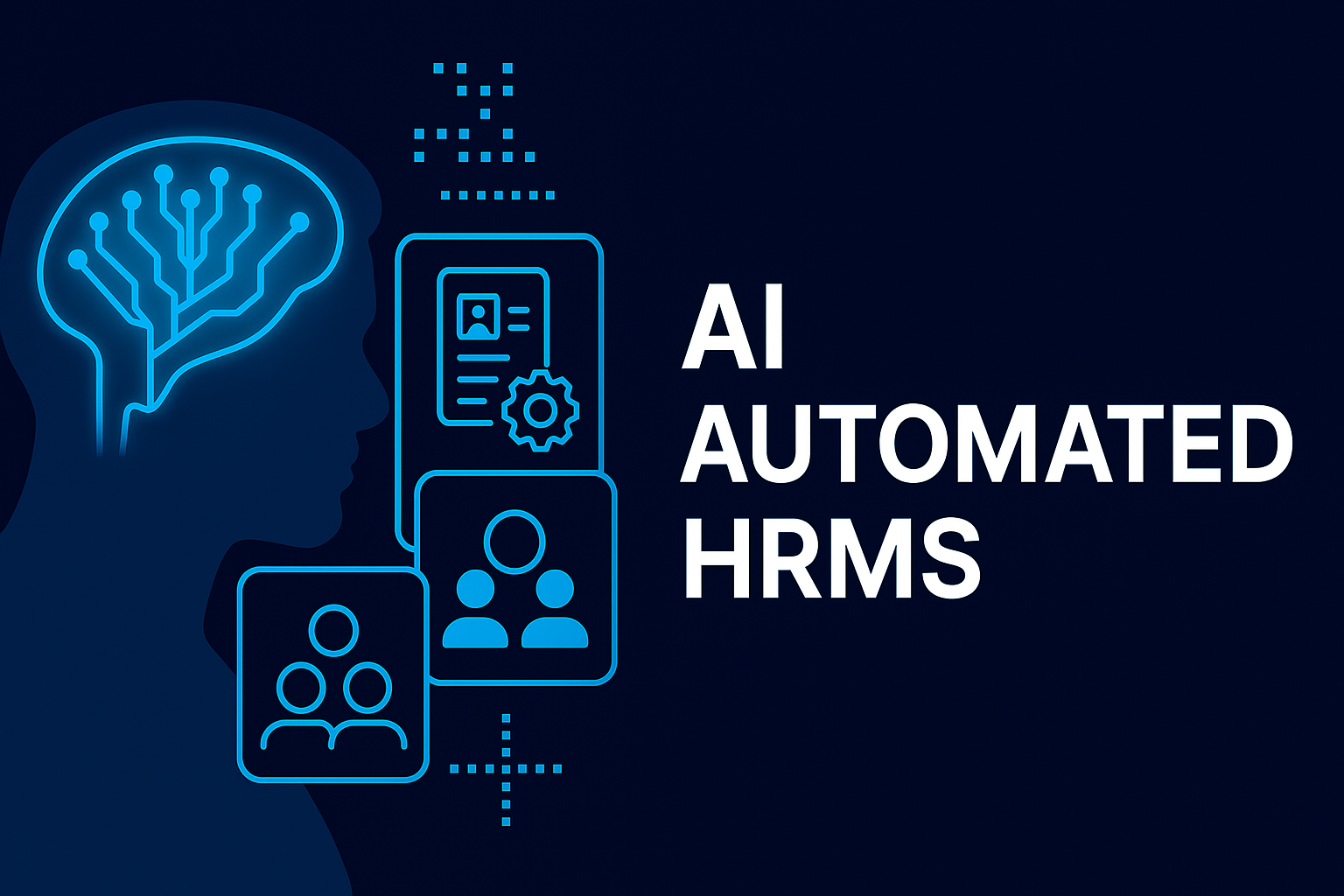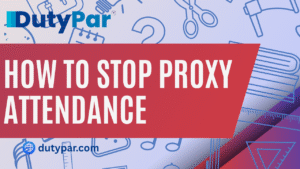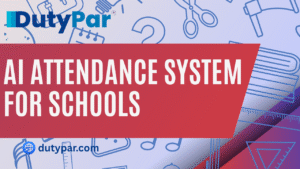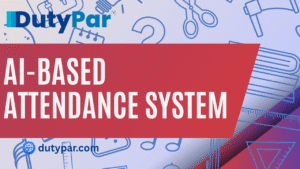
Table of contents
- Introduction
- What Is an AI Automated HRMS?
- Key Benefits of AI Automated HRMS
- How AI Works Inside the Platform
- Key Modules of an AI Automated HRMS
- Business Wins: By the Numbers
- Typical Use Cases
- Overcoming Common Concerns
- Best Practices for Implementing AI Automated HRMS
- Quick ROI Calculator (Example)
- Future Trends To Watch
- Conclusion
Introduction
HR teams are busy! They support payroll, recruitment, leave requests, compliance, and 100 other responsibilities each day that are usually completed before lunch. Manual spreadsheets or outdated software can only slow HR teams down and demotivate them. AI Automated HRMS eliminates the headaches that go along with manual HR processes and workload. It merges the best of artificial intelligence and modern Human Resource Management Systems to minimize busywork to nearly zero while providing leadership with up-to-the-moment insight on their employees, teams, and the organization.
What Is an AI Automated HRMS?
An AI Automated HRMS is a cloud-based platform that applies machine learning, natural-language processing, and predictive analytics to complete core HR activities with little to no ongoing input from a human. The software automates payroll, time management, talent sourcing, onboarding, performance evaluations, compliance reports, and numerous other HR processes. With machine learning and natural language processing, this system can adapt to you. It learns from the data you are providing it and provides smarter recommendations over time.
Key Benefits of AI Automated HRMS
- Time Efficiency
AI performs repetitive actions so you don’t have to. Less manual actions frees the HR team to focus on strategy. This increases the productivity of your HR team. - Improved Accuracy
Manual entries are often considered the weakest link when it comes errors. AI Automated HRMS eliminates these mistakes. It reviews data instantly. - Better Compliance
Labor laws are always changing. An updated AI Automated HRMS will keep you informed. This reduces the risk of fines and penalties. - Enhanced Employee Experience
Chatbots with AI technology solve common questions in seconds for employees. Get fast help with leave requests or policy questions. - Data-Driven Decisions
The system can generate various reports that detail attendance, performance, and lapsed records. You will be able see patterns in the data, lapsed records, and attendance history and use that information to make better decisions.
How AI Works Inside the Platform
| AI Component | Purpose | Real-World Impact |
|---|---|---|
| Natural Language Chatbot | Answers PTO, benefits, and policy questions | Cuts email volume by 40% |
| Machine Learning Payroll | Auto-adjusts deductions and tax brackets | Near-zero paycheck errors |
| Resume Parsing Engine | Scores and shortlists job applicants | Time-to-hire drops by 60% |
| Predictive Attrition Model | Flags employees likely to resign | Enables proactive stay interviews, lowers churn |
| Sentiment Analysis | Reads anonymous survey comments | Pinpoints morale dips before they explode |
Key Modules of an AI Automated HRMS
- Smart Time & Attendance Cameras or mobile geo-fencing verify punches. The algorithm blocks buddy punching and sends alerts for overtime limits.
- Automated Payroll The system syncs attendance, bonuses, and deductions, then creates paychecks in one click. It also files taxes and benefits forms automatically.
- AI Recruiting The platform scans job boards, ranks resumes, suggests interview questions, and schedules calls. Hiring managers review only top-fit candidates, not endless stacks.
- Onboarding Wizard New hires complete forms online, choose benefits, and watch training videos in a guided flow. AI reminders keep them on track.
- Performance & OKR Tracking Employees set goals. AI nudges them with progress tips and suggests learning content if they lag. Managers get a clear view at review time.
- Compliance Dashboard The software tracks labor laws, overtime caps, and filing dates. Color-coded alerts stop fines before they happen.
Business Wins: By the Numbers
- 70% reduction in manual data entry
- 3x faster hiring cycle
- 25% reduction in turnover in the first year
- 98% payroll accuracy compared to 92% with legacy tools
- Most mid-sized organizations paid back in less than a 12 month period
Typical Use Cases
- Growing companies with 50–200 employees that are experiencing fast growth, and do not have dedicated HR staff.
- Retail chains with high turnover and many locations that want to see real-time information.
- Manufacturers balancing shift crews, overtime, and complicated labor laws.
- IT businesses that are competing for limited talent, while managing payroll and benefits globally.
Overcoming Common Concerns
- Cost: Some worry about the upfront investment. However, time savings and error reduction quickly offset costs.
- Data Privacy: AI systems use strong security measures. Choose a vendor with top‑tier encryption and compliance certifications.
- User Adoption: Change can be hard. Involve employees early. Offer clear guides and responsive support.
Addressing these concerns helps ensure a smooth transition to an AI Automated HRMS.
Best Practices for Implementing AI Automated HRMS
- Define Clear Goals
Decide what you want to achieve. Faster payroll? Better compliance? Set measurable targets. - Clean Your Data
Verify the accuracy of existing HR data. AI needs clean data to learn correctly. - Train Your Team
Give HR staff and employees time to learn the new system. Offer hands‑on training sessions. - Monitor and Refine
Track key metrics like time saved and error rates. Tweak AI settings to improve results. - Ensure Data Privacy
Use encryption and role‑based access. Make sure employee data remains secure.
By following these steps, you can make the most of an AI Automated HRMS and avoid common pitfalls.
Quick ROI Calculator (Example)
| Metric | Manual HRMS | AI Automated HRMS | Annual Savings |
|---|---|---|---|
| Average payroll errors per month | 15 | 2 | $9,600 |
| Time to fill a role (days) | 40 | 16 | $24,000 |
| HR hours on data entry per week | 25 | 5 | $18,200 |
| Total Year-One Savings | $51,800 |
Future Trends To Watch
- Hyper-Personalized Learning Paths AI will match each worker’s career goals with bite-size courses and mentors.
- Voice-First HR Employees will ask Alexa-style assistants for PTO balances or policy details.
- Predictive Workforce Planning Systems will forecast skill gaps months ahead, guiding smarter hiring budgets.
- Well-Being Analytics AI will combine wearables and behavior data to suggest burnout breaks or mental health resources.
Conclusion
Using spreadsheets or old software to run your HR functions wastes time, money, and your goodwill. AI Automated HRMS (Human Resource Management Systems) gives you a more intelligent, faster, and more human-friendly way of doing things. You’ll pay for it over and over again with savings from fewer errors, faster hiring, and a better experience for your employees. The technology is simply more established, cheaper, and most importantly, safe. Make the switch now to make HR the strategic powerhouse that your business needs it to be.
If you wish to stop doing busywork and use more intelligent approaches to HR, then start evaluating AI Automated HRMS solutions today, and you will see your people-and your profits-grow.
Reference





